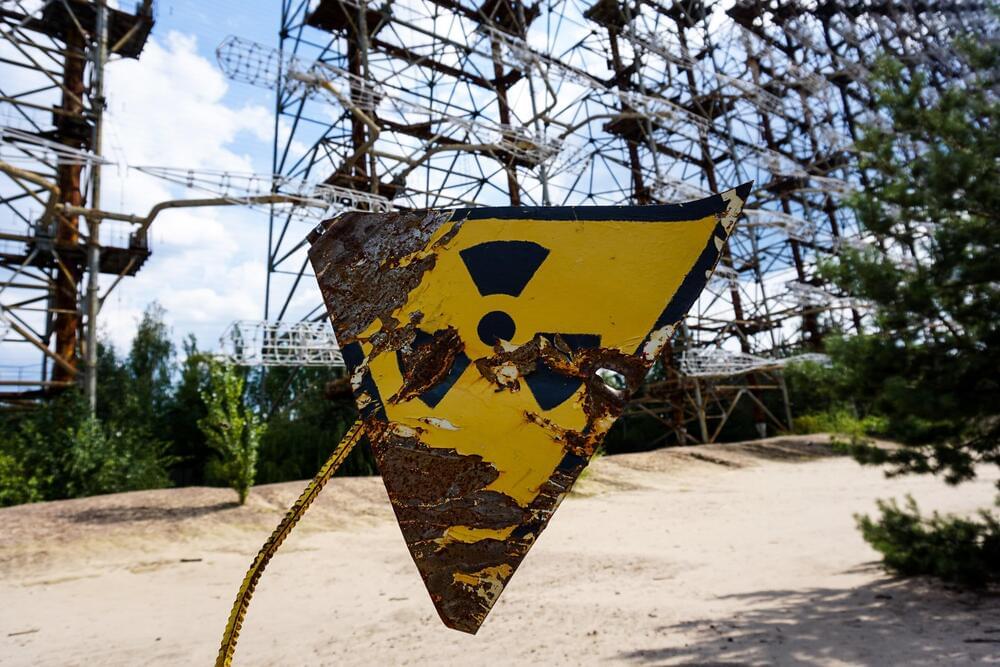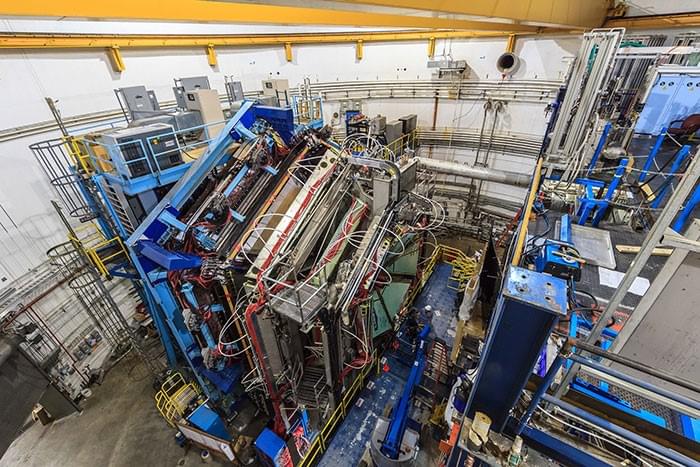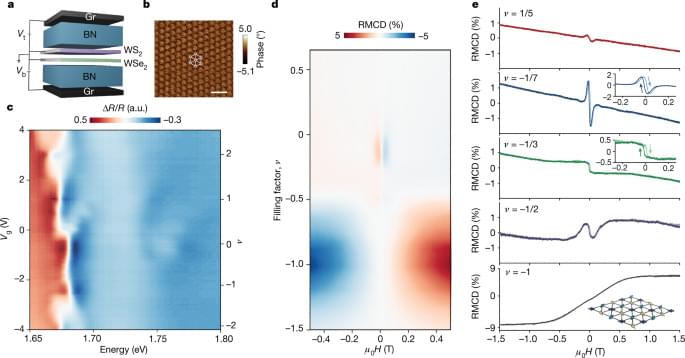The official start of Atlantic Hurricane Season is less than six weeks away, and forecasters will be getting an essential upgrade just in time for the season to begin.
New technology from the University of Wisconsin will help with preparation of more detailed forecasts and provide more reliable information to meteorologists and emergency planners, which should ultimately result in better, safer outcomes for public safety.
The Advanced Dvorak Technique (ADT) is a satellite-based method for determining tropical cyclone intensity. Planned upgrades include the use of full-resolution images from weather satellites, better identification of the location of each storm’s eye and the ability to better analyze hurricanes occurring outside tropical regions.






